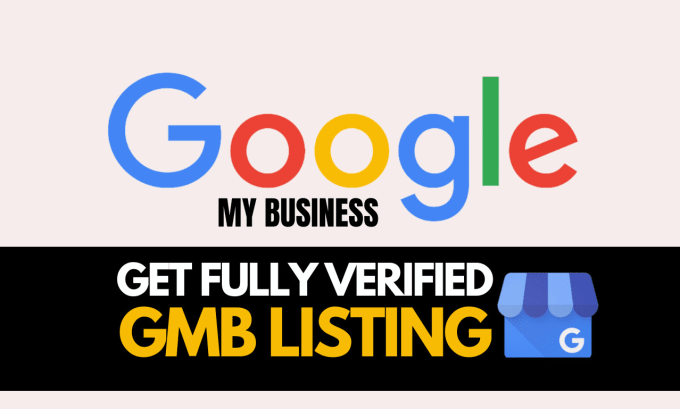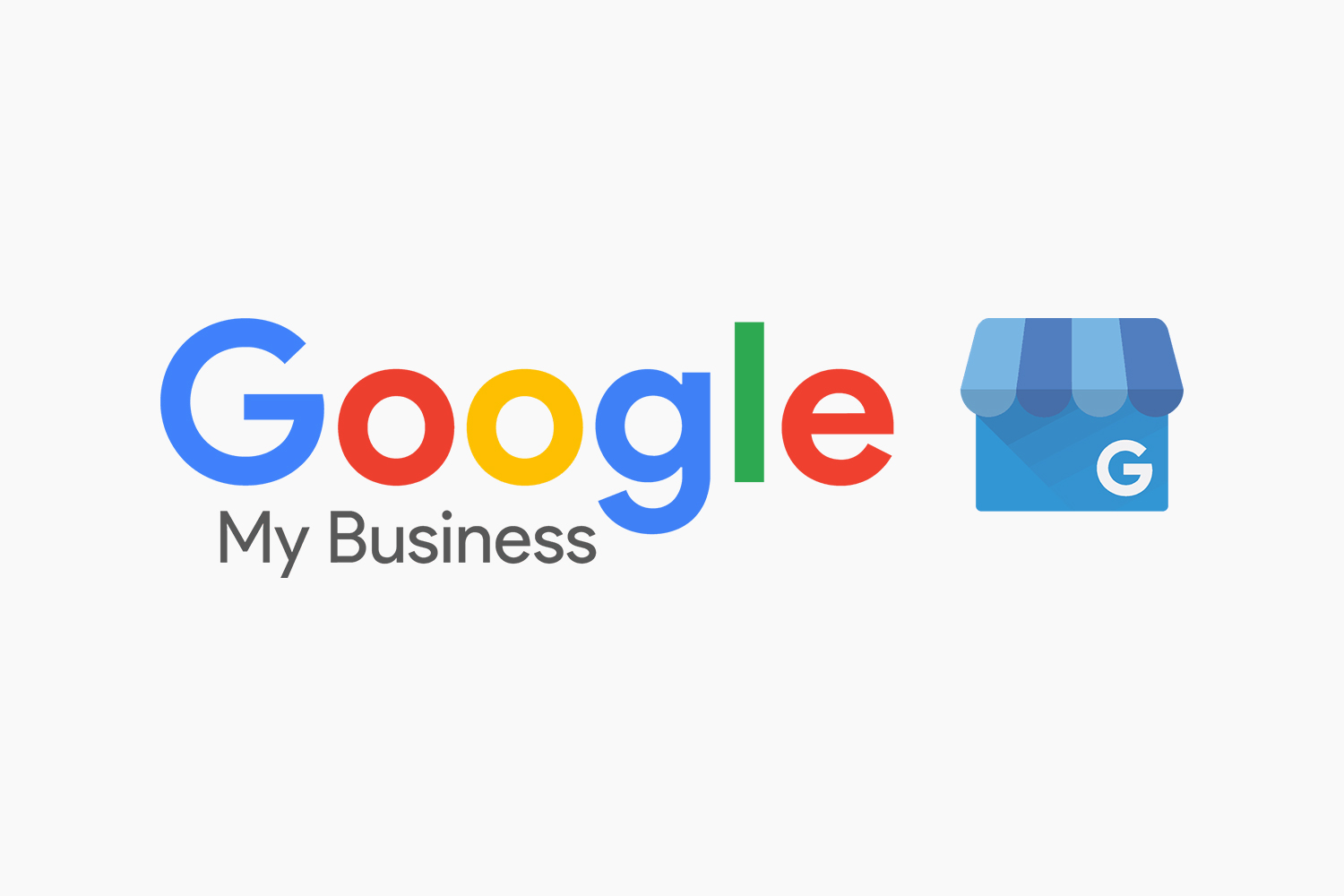


#My business google how to
How to Set Up a Google My Business Profile HubSpot Marketing Statistics for 2022 found that 72% of consumers that conducted a local search ended up visiting a location within 5 miles.Ĭreating a business profile on Google My Business is for anyone that wants to attract customers to their local storefront, optimize for local searches or drive more traffic and sales. This is a form of local search engine optimization (SEO), or keyword research based on your immediate geographic location. And there’s no downside to identifying your business on a map, adding some information and actively connecting with customers who need your goods or services. If you don’t see it come through, check your spam folder and mark the email as “not spam.” Who Would Set Up A Profile?Īnyone with a business should set up a profile! It’s quick and easy to do (you’ll see that soon enough). Thanks for subscribing! Keep an eye out for a Welcome email from us shortly. It’s the easiest way to attract and convert customers without creating an outright ad or pulling from your marketing fund.

#My business google update
With this easy-to-use feature, you can update your profile at any time, connect with consumers and monitor how past clients have interacted with the brand.
#My business google free
It’s a totally free feature on Google that allows you to promote your company so customers can find you. It’s a small frame of information about your business including the industry, where it’s located, ratings, comments and pictures. Google My Business is now known as Google Business Profile. Here’s what you need to know about Google My Business, why you need it and how to set it up. Once you do that, you’ve likely opened the restaurant name and found what is known as their Google Business Profile.

Think about the first thing you usually do when ordering out: Look up restaurants near you. If consumers are shopping online and buying in-store, they’ll need to know which retailers are located nearby. According to a 2022 Epsilon survey, half of respondents rely on online shopping for research, but plan on buying items in-store when they’re ready to make a purchase - especially for retail items like clothing. While shopping online isn’t going anywhere, neither is buying items in-store.


 0 kommentar(er)
0 kommentar(er)
